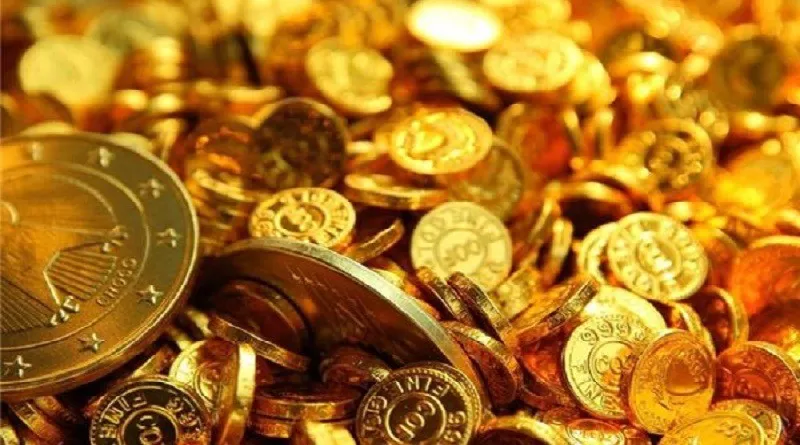Investors perennially grapple with the age-old question of where to allocate their resources for optimal returns. Among the myriad options available, gold and silver have consistently emerged as stalwarts in the world of precious metals. As the bedrock of wealth preservation, these metals have captivated investors for centuries. This article aims to delve into the nuances of the gold versus silver debate, exploring the distinct characteristics, market dynamics, and potential advantages of each metal to help investors make informed decisions.
Historical Significance:
Both gold and silver have served as enduring symbols of wealth throughout history. From ancient civilizations to modern economies, these precious metals have held intrinsic value, acting as a store of wealth during times of economic uncertainty. Gold, with its scarcity and lustrous appeal, has been associated with luxury and power. On the other hand, silver’s affordability and versatility have positioned it as the “poor man’s gold,” catering to a broader investor base.
Market Dynamics:
Understanding the market dynamics of gold and silver is crucial for making informed investment decisions. Gold, often considered a safe-haven asset, tends to thrive during times of economic turmoil, inflation, or geopolitical uncertainties. Its limited supply and global acceptance make it a go-to option for risk-averse investors seeking stability in their portfolios.
Silver, while influenced by similar macroeconomic factors, boasts a unique dual role as both a precious metal and an industrial commodity. Approximately 50% of silver demand stems from industrial applications, including electronics, solar panels, and medical devices. This dual nature can expose silver to greater volatility than gold, as economic downturns may impact industrial demand.
Performance Comparison:
Historical performance provides valuable insights into the relative merits of gold and silver as investments. Over the past few decades, gold has demonstrated resilience in preserving wealth and delivering consistent returns. Its long-term upward trajectory has been buoyed by factors such as increasing global demand, currency devaluation, and geopolitical tensions.
Silver, while exhibiting moments of outperformance, has been more susceptible to economic downturns due to its industrial exposure. However, during periods of economic recovery and growth, silver has shown the potential for significant gains, driven by increased industrial demand and its role as a precious metal.
See Also: Is It Smart To Invest In Gold? A Comprehensive Analysis
Volatility and Risk:
Volatility is an inherent aspect of precious metal markets, and both gold and silver are not exempt from price fluctuations. However, silver tends to experience higher volatility than gold due to its dual role as an industrial metal. Investors seeking stability and a hedge against economic uncertainties may find gold more appealing, as its price movements are often driven by macroeconomic factors rather than industrial demand.
Liquidity and Accessibility:
Liquidity is a crucial factor for investors, ensuring the ease with which assets can be bought or sold without impacting their market prices. Gold, being the more established and widely recognized precious metal, enjoys higher liquidity compared to silver. The gold market is deeper and more accessible, making it easier for investors to enter or exit positions without significant price slippage.
Silver, while still a liquid asset, may experience higher bid-ask spreads and lower trading volumes, especially during times of market stress. This could present challenges for investors looking to execute large trades swiftly. In terms of accessibility, gold’s widespread recognition and acceptance make it a preferred choice for investors globally.
Diversification Benefits:
Diversification is a key tenet of prudent investment strategy, and both gold and silver offer diversification benefits to portfolios. While gold has historically been considered a more stable asset, silver’s dual nature provides a unique opportunity for investors to benefit from both precious metal and industrial commodity exposure. A well-balanced portfolio may include a combination of gold and silver to harness the strengths of each metal and mitigate specific risks.
Conclusion:
In the perennial debate between gold and silver, there is no one-size-fits-all answer. The choice between these precious metals hinges on an investor’s financial goals, risk tolerance, and market outlook. Gold, with its historical stability and global acceptance, remains a reliable store of value and a safe-haven asset. Silver, on the other hand, offers a dynamic investment proposition, with potential for higher returns during economic expansions.
Ultimately, a diversified approach that combines both gold and silver may provide investors with a well-rounded strategy, leveraging the unique characteristics of each metal. Whether seeking stability, growth potential, or a hedge against inflation, a thoughtful evaluation of individual financial circumstances will guide investors toward the optimal allocation between gold and silver in their portfolios.


